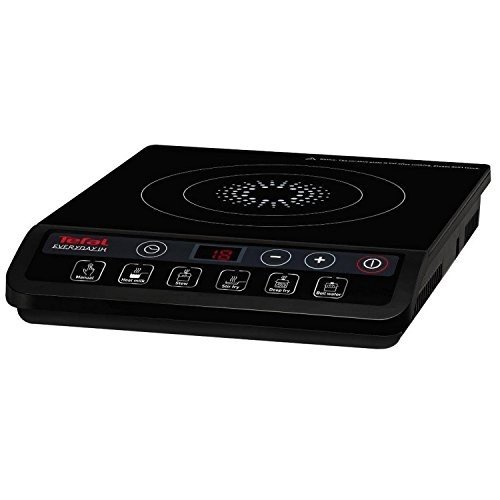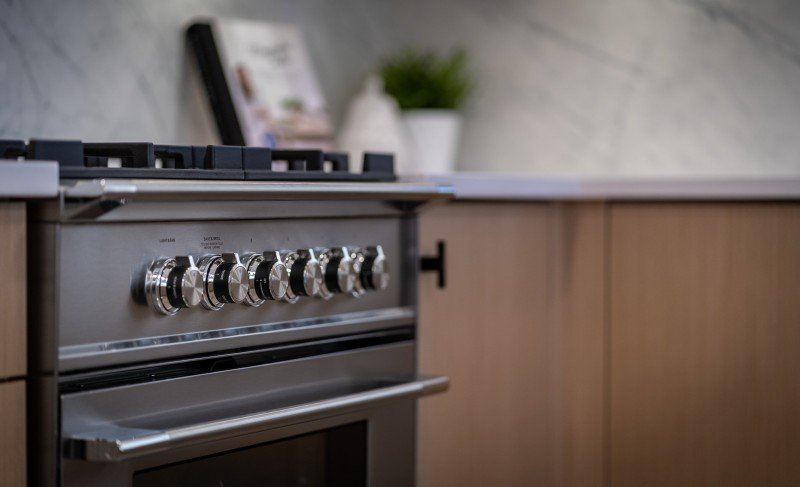
Ovens And Hobs
Add a review FollowOverview
-
Founded Date October 18, 1950
-
Sectors Sales
-
Posted Jobs 0
-
Viewed 20
Company Description
The History Of Oven
Leave a Pot on the Hob
 Nigella’s recipe often recommends that you “leave pans on the stove” however what exactly does this actually mean? A hob, or stovetop or cooktop in British English, could be gas or electric.
Nigella’s recipe often recommends that you “leave pans on the stove” however what exactly does this actually mean? A hob, or stovetop or cooktop in British English, could be gas or electric.
 Dual fuel cookers include gas hobs and an electric oven giving you the best of both worlds. They are quick to heat, but are more expensive to run than single fuel models.
Dual fuel cookers include gas hobs and an electric oven giving you the best of both worlds. They are quick to heat, but are more expensive to run than single fuel models.
Solid plate hobs
Solid plate hobs are a common feature in many homes. They are an excellent choice for those who want to save money. Their design is flat metal plates that are heated by using electricity. However, their modest initial price tag can result in higher electricity costs over time due to their inefficient energy usage. These stoves require a great deal of heat in the residual and take longer to warm up or cool down.
Ceramic hobs are a popular alternative to solid-plate hobs. It’s more expensive at first, but is much cheaper in the long term. These hobs come in many different styles including flat and curvy. They can be combined with ovens of various sizes and shapes to match any kitchen layout. They are easy to clean and blend with modern homes.
The next step up is the induction hob that makes use of electromagnetic fields to warm your cookware directly. The surface of the hob remains cool, which decreases the risk of burns. It is also safer for children to use it. In addition induction hobs are the fastest of all kinds to heat up and cool down.
When deciding which type of hob to buy, it’s important to consider your cooking habits and energy requirements. Solid plate hobs may be cheap, but they are not efficient. Gas and ceramic hobs on the other on the other hand, are more expensive but are more efficient. Induction hobs are a great compromise, as they combine effectiveness with a stylish appearance.
Gas hobs
The best gas hobs are simple to use, have a neat and stylish appearance and are constructed from robust materials. They should come with a solid warranty and be easy to clean. They are also required to be compatible with a variety of cookware, and offer instant heat control.
Gas hobs function by connecting each burner to a gas supply which then ignites the fuel and produces the flame. The flame is heated by the pan and the air, allowing for accurate temperature control. Certain models have a visible flame indicator, which makes it easy to determine if the burners are on or off in a glance. Other features on gas hobs include multiple burners in a variety of sizes, an automatic ignition and www.ovensandhobs.Uk a removable drip tray.
Many modern gas hobs have a stainless steel or ceramic top, and some even have sleek black glass finishes. You can pick between vented and open-burner hobs, in accordance with the design of your kitchen. Open-burner gas stoves don’t have an extractor built in that takes the smoke and steam from the cooking pans.
Open-burner stoves have traditional appearance with metal knobs, grates and handles, whereas vented stoves are more contemporary with a glass-like surface. Some models even feature an extra-wide pan support, which is a boon for larger pots and pans.
Gas hobs are still in high demand despite the popularity of electric hobs such as ceramic and induction. Gas cooking is popular with consumers, and they are familiar with the concept. However, a number of government regulations are encouraging the phase out of appliances that use fossil fuels in favour of energy-efficient alternatives.
All gas-powered hobs require electrical components in order to work, so it is essential to have your gas hob installed by a certified electrician and carpenter who can ensure that all installations are safe and conform to the standards of the industry. If you’re installing a gas-powered hob, your electrician will need to route a power cable and a gas pipe into your kitchen. This is usually a simple procedure that won’t affect the existing electrical or piping connections.
Ceramic hobs
Along with a stylish, attractive and sleek look ceramic hobs are simple to clean and more efficient in terms of energy consumption than gas. The heating element that is high-powered is placed on the floor of each zone. The heat is then transferred through the glass into the pan that is above. This reduces energy waste as it only uses the power required to heat the pan directly and not the air surrounding it. They are also simple to control and can quickly react to temperature changes.
Ceramic hobs feature a flat ceramic surface that is easy to clean. Spills and splatters are easily cleaned with a damp cloth once they cool. It’s important to remember that they’re not suitable for an extremely hot or steamy kitchen conditions as the glass may crack and discolour if it becomes too warm.
The majority of people aren’t concerned about the fact that ceramic hobs produce some amount of heat below the surface. Most models are equipped with cooling fans that manage the heat under the surface and prevent it from affecting kitchens and workspaces. They’re also insulated and designed to minimise heat transfer between your hob and your kitchen.
Ceramic hobs are also more flexible than induction hobs, which require certain types of magnetically conductor cookware. Cast iron cookware should not be placed on a ceramic stove, as it can scratch the surface.
Many ceramic hobs are fitted with safety features like residual heat indicators and lockout function to prevent accidents from happening within the home. Certain ceramic hobs come with a feature called ‘overflow prevention which detects when a pot boils over and automatically cuts the power to the zone it is in to minimise the damage. It’s just as important to make sure that a ceramic stove has been installed correctly and is equipped with the correct cables and breakers. This is something that’s best left to an electrician with experience and you can be sure that your kitchen appliance is safe and reliable to use.
Induction hobs
As their name suggests they have coils under the surface which generate magnetic fields that generate heat in the pan or metal objects placed on it. They require less power than other types of electric hobs because they are cold until a pan is placed on them, and they are more efficient at heating up a pan since the heat generated is generated from the bottom of the pan, rather than the entire cooktop surface.
Like gas hobs, induction models have a control panel that you can select your settings and see how much power you’re using. However, unlike traditional gas hobs, they only work using cookware that’s compatible with their electromagnetic heating mechanism, which means it must have an even, flat, thick base made of ferrous metal (iron) or cast iron. Stainless steel and a few non-stick pans can work, but you must always verify the label or use a magnet on the base to ensure your cookware is compatible with induction.
A popular option in shared student halls as well as penthouses in iQ Student Accommodation Induction hobs feature sleek LCD displays and modern aesthetics that fit seamlessly into contemporary kitchens. They’re more secure than gas hobs that are traditional because they only start heating when they are placed on them, and they stop automatically when the pan is removed.
Induction hobs can be controlled similarly to an iPhone. A swipe on the slider will set your preferred temperature level. There are usually also up and down arrows on the control panel, which allow you to adjust the power level, or dial to precisely control the temperature.
As well as nine power levels, some models also have a dual flex zone which lets you join two zones to create a larger cooking space for larger saucepans. Certain models feature an automatic shut-off as well as an indicator of residual heat. Some models also come with a timer that will alert you when food is ready. Induction hobs all emit an extremely low-level magnetic field at frequencies within the kilohertz range that can affect certain medical devices, like pacemakers, so it’s important to keep them away from your body when they are not being used.

